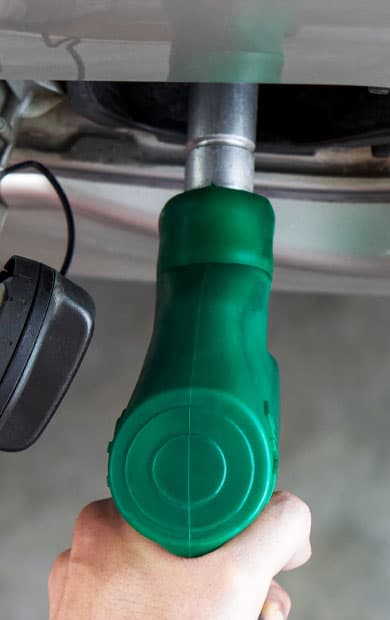Overview
Argus HVO (hydrotreated vegetable oil) assessments are key prices for the European and Asian market, providing fair and reflective daily values for this growing and increasingly important renewable fuel market.
Argus publishes a range of HVO prices for Europe and Asia:
- Class I: based on food and feed crops as feedstock but excluding palm oil
- Class II: based on used cooking oil (UCO)
- Class III: based on tallow (animal fat) cat. 3
- Class IV: based on palm oil mill effluent (POME)
- HVO fob China based on used cooking oil (UCO)
- Our HVO Class I, II, III, and IV prices are published for fob ARA and fob Singapore.
The primary basis for these price assessments is 1,000t fob barges traded in Amsterdam, Rotterdam and Antwerp, Dordrecht, Flushing and Ghent.
Singaporean HVO price netbacks are calculated as the HVO fob ARA range assessments less the weekly Singapore-to-ARA region HVO freight assessment.
The basis for the Chinese HVO price assessment is fob China cargoes of 3,000-5,000t.
Price assessment details
What are the advantages of the Argus HVO price assessment?
With European HVO production set to double in the coming years, it is critical to ensure fair and reflective values are provided for market participants. This is provided by Argus HVO price assessments as they are underpinned by actual physical bids, offers and trades of HVO initiated daily on the Argus Open Markets platform.
This means Argus HVO prices indicate the market value for HVO producers and sellers, but also signal to buyers the most competitive values at which to procure HVO.
In addition, Argus has a wide contact base that spans HVO producers, sellers, traders, brokers and end-users - helping Argus stay up to date with the latest market developments and to fully understand the demand and supply fundamentals that drive the HVO market and price levels.
HVO is instrumental for reaching higher biofuels blending targets set out by the EU’s updated RED for 2021-30. It is a drop-in renewable fuel that can be blended with conventional fossil fuels up to 25-30pc. This means HVO is not subject to the 7pc blend wall that applies to conventional biodiesel, and that it can also be used as a standalone 100pc replacement for diesel. With such high blending ratios into fossil diesel, HVO provides an attractive way to efficiently decarbonise the European diesel market.
Who uses Argus HVO price assessments?
- Producers that need a market value for their HVO
- Downstream fuels suppliers needing to understand the most economic option for blending renewable fuels to comply with regulatory mandates
- HVO feedstock originators seeking to understand the value of the finished product to help them price their feedstock
- Traders that connect HVO producers and suppliers between Europe and Asia, as well as within the regions
- Downstream fuel retailers and pricing managers that need price input to set accurate HVO sales prices for end-consumers downstream
- Analysts needing a valuation tool for renewable fuels, for example for investments into hydrotreated renewable fuels capacity
- Risk managers needing to control financial exposure related to HVO
- Road transport companies and other downstream fuel consumers being supplied HVO on term contracts
- Sustainable Aviation Fuels (SAF) market participants - for example HEFA SAF producers looking to understand values for alternative hydrotreated products or SAF buyers keen to follow a more frequently traded hydrotreated product than SAF
Argus Open Markets for HVO
To help drive further transparency, Argus Open Markets (AOM) for HVO provides a daily platform for companies to place bids and offers and to initiate trades, allowing you to see the market as it develops in real time.
Explore our oil products reports
Key price assessments
Argus prices are recognised by the market as trusted and reliable indicators of the real market value. Explore some of our most widely used and relevant price assessments.


